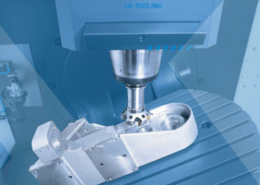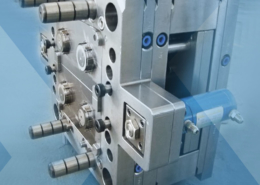
Liquid Plastic for Molds: Revolutionizing Mold-Making
Author:gly Date: 2024-06-08
The Allure of Liquid Plastic
The world of mold-making has been revolutionized by the advent of liquid plastic. Unlike traditional mold-making materials such as silicone or plaster, liquid plastic offers unparalleled versatility and ease of use. Its ability to replicate intricate details with precision has made it a favorite among artisans, designers, and hobbyists alike. But what exactly is liquid plastic, and how does it work?
Understanding Liquid Plastic
Liquid plastic, also known as casting resin, is a polymer that cures to a solid state when mixed with a hardener. This chemical reaction creates a durable and lightweight material that can be poured into molds of various shapes and sizes. Its low viscosity allows it to flow smoothly into even the tiniest crevices, capturing every detail of the mold with remarkable accuracy.
Applications Across Industries
The versatility of liquid plastic makes it suitable for a wide range of applications across industries. In the world of arts and crafts, it is commonly used to create resin jewelry, decorative ornaments, and art pieces. In manufacturing, it serves as a cost-effective alternative for producing prototypes, architectural models, and custom parts. Even in the medical field, liquid plastic finds its use in creating anatomical models and prosthetic devices.
Advantages Over Traditional Materials
Compared to traditional mold-making materials, liquid plastic offers several advantages. Its quick curing time allows for rapid production turnaround, reducing lead times and increasing efficiency. It is also more durable and less prone to tearing or deformation, ensuring consistent results even after multiple uses. Additionally, its translucent nature allows for the incorporation of pigments and dyes, offering endless possibilities for customization.
Environmental Considerations
While liquid plastic offers numerous benefits, its environmental impact cannot be overlooked. Many casting resins contain harmful chemicals such as volatile organic compounds (VOCs) and isocyanates, which can pose risks to both human health and the environment. As awareness of these issues grows, there is a growing demand for eco-friendly alternatives that minimize these risks without compromising performance.
Future Directions and Innovations
As technology continues to advance, so too will the development of liquid plastic for molds. Researchers are exploring new formulations that are safer, more sustainable, and more versatile than ever before. From bio-based resins derived from renewable sources to advanced additives that enhance performance, the future of mold-making holds exciting possibilities.
Conclusion
In conclusion, liquid plastic has emerged as a game-changer in the world of mold-making. Its versatility, precision, and ease of use have made it a favorite among artisans and manufacturers alike. While challenges such as environmental concerns persist, ongoing research and innovation promise to address these issues and unlock new opportunities for this remarkable material. As we look to the future, the potential for liquid plastic to continue reshaping industries and fueling creativity is truly limitless.
GETTING A QUOTE WITH LK-MOULD IS FREE AND SIMPLE.
FIND MORE OF OUR SERVICES:


Plastic Molding
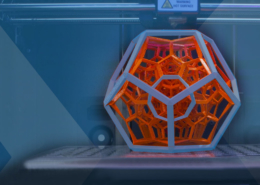
Rapid Prototyping
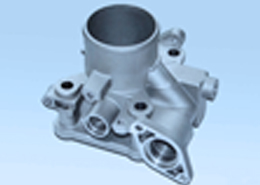
Pressure Die Casting
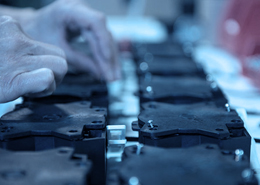
Parts Assembly
